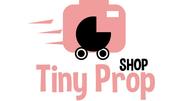
7 Steps to Manage a Fussy Toddler during a Newborn Photography
Babies are beautiful subjects to photograph. The pink wrinkled skin, cute nails, and smiling face when they sleep can motivate you to take a dozen photos. As a photographer, you admit that sleeping babies are the best to photograph. The success of a newborn photography session depends on how long and deep the baby sleeps.
While some can be calm and sleepy, how do you work with crying and fussy babies? Those who cry, make uncontrollable movements, and create ugly face looks. If you have never come across one, it is best if you know how you would handle a photo session with such a baby.
Reasons Why a Baby Becomes Fussy During a Photo Shoot
- The baby can be hungry
- The environment may be too hot or cold for the baby.
- Maybe the baby needs a diaper change.
- The room may be too noisy for the baby to handle
- The baby feels insecure and is not comfortable.
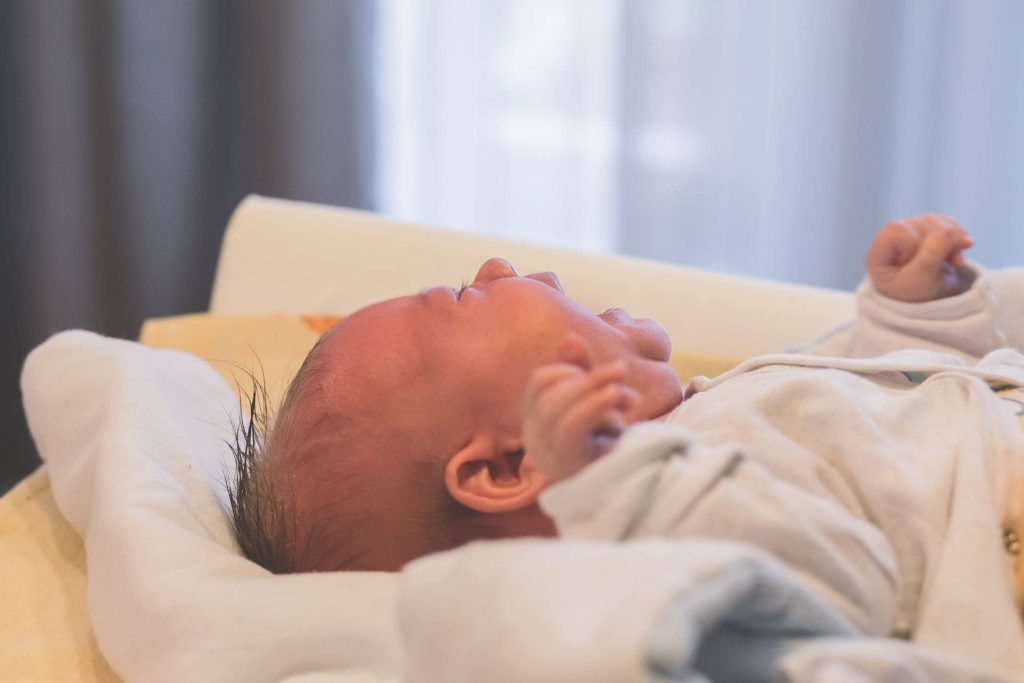
Step #1
Prepare First

Step #2
Choose the Right Period
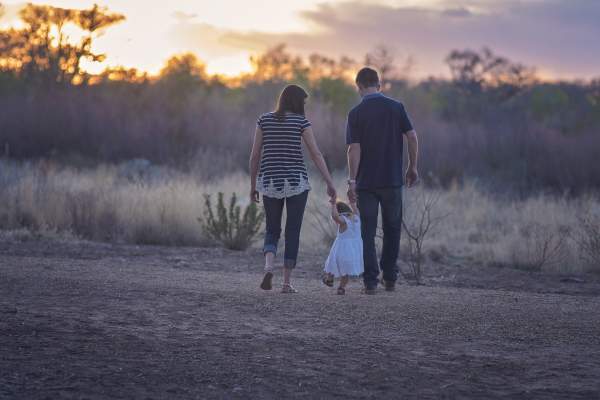
Step #3
Keep the Baby and Parents Comfortable
That goes back to the question, “why do babies cry so much during a photo-shoot?” With that in mind, you can solve the issues around the crying. Feed the baby before the session, make sure the room is warm enough for the baby, and in between, have a quick diaper change in case the baby is wet. Your priority is having a happy, comfortable baby to bring out excellent natural photos.
You might ask, “what about the parent, how do I make them comfortable?” Do that by being welcoming, serving them a drink, and having a warm conversation with them. You can also include them in calming the baby. After all, it’s not surprising that the baby responds more to a parent. A calm, relaxed parent results in a quiet baby too.
Step #4
Introduce Yourself
It might seem funny to hear that the baby must be familiar with you. You don’t want a situation of the baby suddenly crying inconsolably when he or she sees you. He or she must be comfortable with your touch, smell, voice, and face. How do you make the baby your acquaintance?
You do that by holding the baby close before the shoot. Whisper, cuddle, and make friendly faces to the baby. If your hands are cold, use gloves to make the baby warm enough to be comfortable with you. That way, the baby won’t startle when you talk or touch him or her.
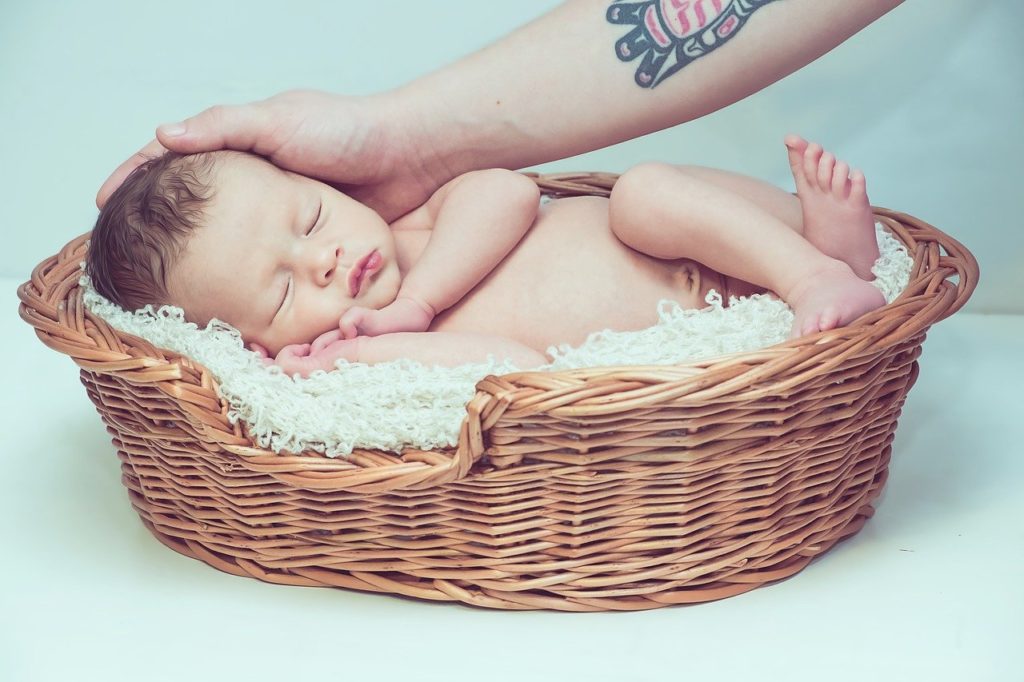
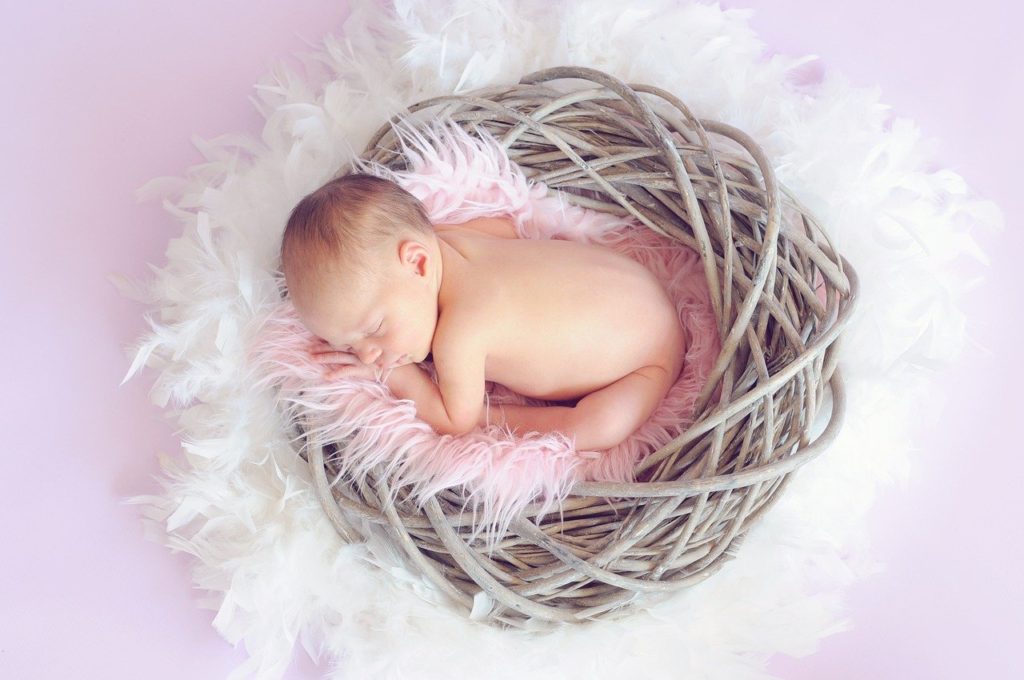
Step #5
Be Keen on How You Pose the Newborn
How you handle the baby determines whether he or she will sleep during the whole session, or she will wake up. Like said earlier, it is wise if you come up with simple poses before the photo-shoot.
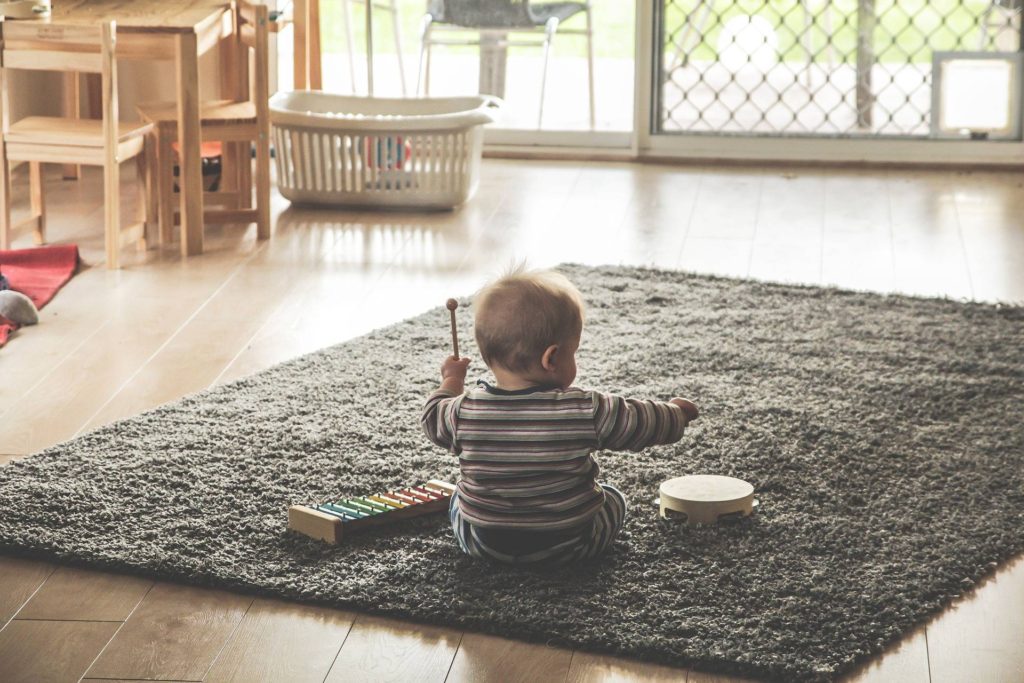
Step #6
Let the Baby Be Free
Sometimes, the reason for a fussy baby is that he or she wants to be free. If the baby is not sleepy, let them be. It will surprise you to notice that close-up photos come out perfect with a baby who is awake. Let the baby be, utilize the time when he or she is awake to capture rare hands, legs, and facial movements. Don’t force a baby to pose in a certain way if he or she does not want to.
Conclusion
If you are looking forward to a newborn photo-shoot, and you are afraid of a fussy baby, first ask yourself, “why do babies cry so much during a photo session?” When you know the reasons, look for solutions to the causes and follow the above steps. If you still find yourself in a situation of the baby suddenly crying inconsolably during the photo-shoot, you can always stop for the day and schedule another session.
Oh and these little gems are worth their weight in gold!!!



